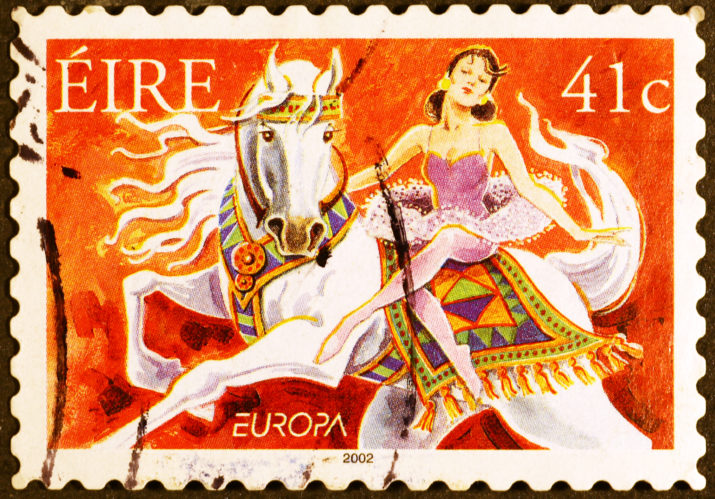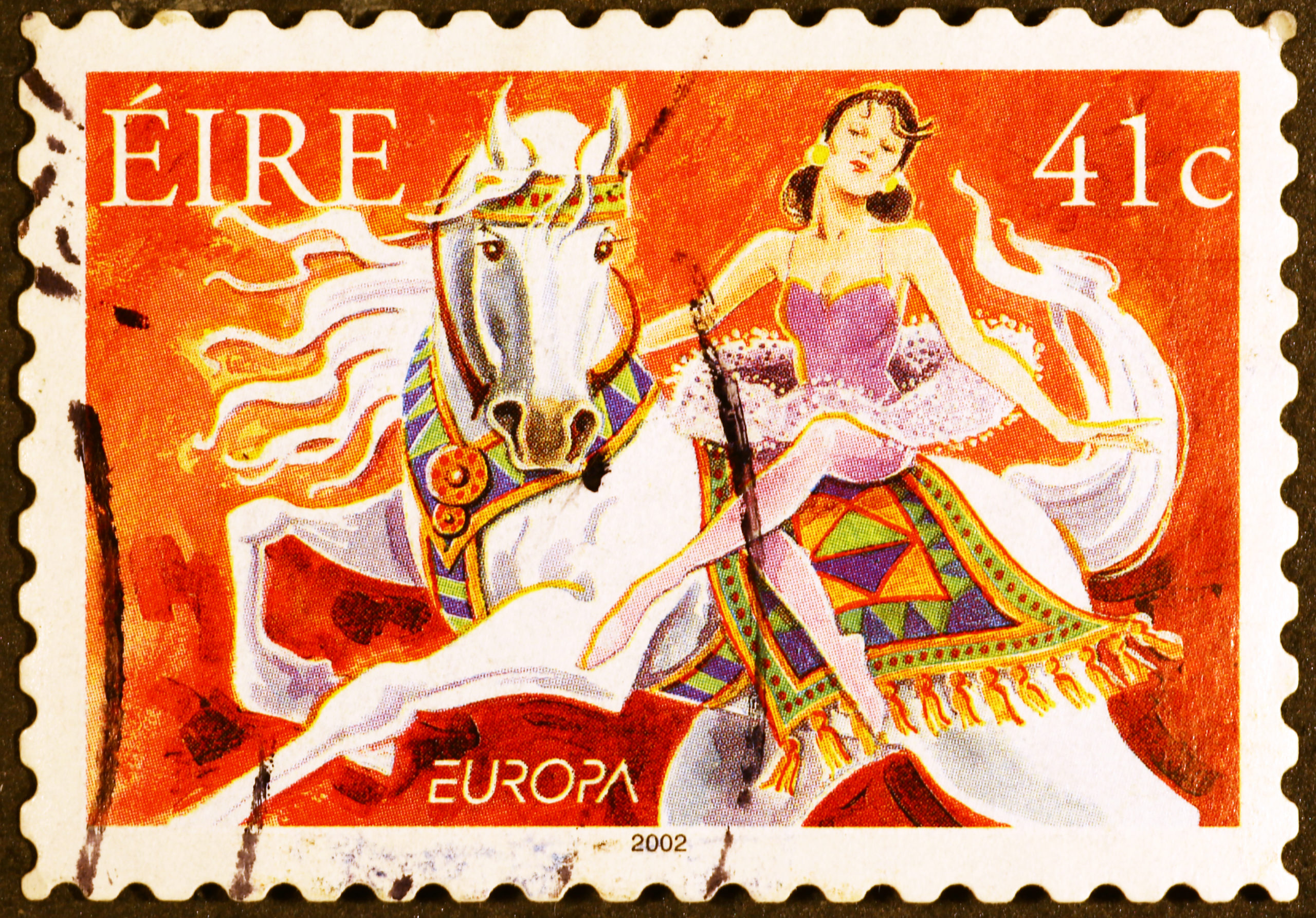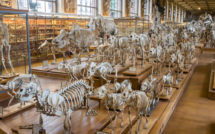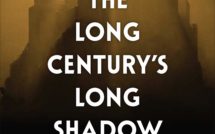

This is part of our special feature, Rethinking the Human in a Multispecies World.
In the name of civilizing progress and the humanization of our relations with animals, circus animals have started to disappear. Simultaneously, we are witnessing the emergence of in vitro meat, robot dogs, and bear holograms, as real life is being replaced with virtual life through a process of exclusion driven by digital capitalism. However, new approaches are arising, which, rather than letting go of animals entirely, seek to transform the ways in which humans work with them, in accordance to contemporary sensibilities. From farmers to artists, we are inventing new forms of communication and collaboration with animals that build on thousands of years of work relations. Through the lens of sociology and animal performance studies, we consider here the specific presence and work of stage animals.
From wild animal to performing animal
In the West, beginning in the nineteenth century, tamers have exhibited exotic animals, not only revealing them to the public, but also the power of empires and (white) man’s mastery of nature. At the time, the symbolic status given to animals, such as “the largest” or “the fiercest,” reflected a particular cultural context and the nature of entertainment expectations. However, nowadays, making monkeys smoke cigars or riding giraffes have no place in a contemporary society that is concerned with ecology, animal protection, and biodiversity. Accordingly, animal training methods are constantly being adjusted, modified, or even abandoned, in a quest to offer animals the chance to thrive throughout their training and performances. Nevertheless, for circus animals, work is still often about following repetitive moves, in a fixed repertoire that does not allow for a reconfiguration of the place of animals on stage. The fact is that in spite of the modification, transformation, and invention of new apparatuses (for trapeze or juggling for example), animal work has long remained unchanged in the circus, which appears as an archaic and meaningless setting where animal abuse is rampant. Our research does not aim at ruling on the level of animals’ well-being in the circus, but to understand what makes humans and animals work together in the ring and carry out familiar or unprecedented performances in a singular way. Our hypothesis is that we can change the way in which we think of animal work and the creative process that involves animals and thus bring about more equitable relations between humans and animals.
Seeing performing animals as animals at work
Each time circus animals enter the ring, they are used to it, as they return to different dimensions of their workspace: the presence of the audience, noises, smells. They know how the show will unfold and the role that they must play in it. Theatrical studies allow us to elaborate different typologies in animals’ stage work that produce various dramaturgical feelings for spectators,[1] depending on the artistic choices made about the place of animals in the show. There are different ways in which the public is made to relate to performing animals in the circus and that relationship is shaped. For example, in the case of horses who perform advanced dressage figures in precision equestrian ballets, the audience may only see shapes and movements, while missing out on the animals’ individual characters, which repetitive patterns does not let through. Others enter the stage disguised to look like humans. For example, in burlesque-style performances, a monkey in a tutu is the result of dramaturgical choices that render the animal ridiculous or incapable. The contemporary context of animal protection in the media has put an end to these anthropomorphic acts, which semiotician PaulBouissac[2] has described as inter-species transvestitism. Social sciences, life sciences, and emerging artistic practices have brought about a decompartmentalization of knowledge that invites us to reconsider the presence of animals in stage productions. In parallel with the work of circus animals, other forms of cooperation between humans and animals for the production of goods (husbandry) or services (health, companionship) are being studied.
Pondering on the question of work makes the animal cease to be “object.” In fact, the question is no longer to know what humans are doing to animals, but to understand what great things humans and animals can accomplish together. It is therefore no longer a question of taming, but of cooperation. For instance, it has been shown that sheep dogs are capable of disobeying their master about which direction to take when they have made a different analysis of the situation and think that there is a better choice than the order that was given.[3] When training animals for their future work, humans rely on forms of engagement that recognize the accomplishment of shared tasks. The affectivity at the heart of the process encourages a work relationship that is emancipatory for the animal, in opposition to an instrumentalist view of human-animal work relations. If we take the view that producing a show mobilizes animal work just as it does human work, we not only can change the perspective imposed upon animals, but also the ways in which animals see themselves. Furthermore, this new outlook has a performative effect on animals. Experiments show that when humans tell animals that they know what to do, the latter will respond and prove that they indeed do. In equestrian art, traditional training methods have used conditioning methods that require the animal to learn a movement and repeat it during a performance, without changing the sequencing or the number of repetitions, in a predictable creative process. However, it was been shown that leading up to the performance of cognitive tricks, animals are able to improvise in the presence of spectators. For instance, Hans le Malin[4] (a horse that could count) suggested the possibility of a horse’s ability to use its intelligence to improvise answers that have not been learned previously. Beyond training, horses that are no longer instructed to simply respond to automatism, acquire agency. In the field of work studies, we can say that they acquire a capacity to manage for themselves beyond procedures and what is considered to be predetermined behavior, which is thought to be caused solely by the nature of the animals and of their “natural programming.” When thinking about animal labor, humans create procedures to be followed step by step in order to achieve the work. However, we know that on the contrary, procedures are often over-stepped by necessity, through the very nature of the work―the subjective engagement of the animal in the task to be performed. Animals do more than what they are trained to do: they engage their own intelligence, affectivity, and imagination in the work, to produce something of which they are also the creators. Hence, our research calls on the intelligence of the animal by considering the sensual world of the horse to study the emotional states of animals as dramaturgical elements.
Re-inventing inter-species relationships through experimental artistic practice
As an equestrian-researcher,[5] I have observed and put to the test a number of collaborative practices between horses and humans in order to develop an innovative understanding of show horses as partners. With Listan (a twenty-one-year-old Arabian) and Luzio (a thirteen-year-old Appaloosa), I have used my research at the “Animal lab”[6] to implement a work relationship in which all participate in the creative process. This practice, on the fringes of the equestrian art repertoire, requires that animals not be taught conditioned responses, but that a suggestion be made to them that is sensitive to their own desires. This form of cooperation allows horses to take an active part in the creative process. However, as soon as the decision is made to maximize the horse’s power for action on stage, issues may arise. First, because the animals are no longer guided, but left to their own devices, they must improvise―to use the language of the theater. This acting technique, which requires adapting to the unknown, involves cognitive activity to develop new behavior according to the situation. We explored the term improvisation as a creative process without a pre-written script that leaves space for the unknown. Primarily, this approach requires that horses be taught that their job is indeed to improvise and that the performance space is a place for expression where they work, where each of their proposals is accepted, and where there are no right or wrong answers. The horses are thus not given direct orders.
In this experiment, following our first public performances, we developed interactive devices to display the horses’ suggestions and produce a shareable experience. These digital objects gave the horses the ability to interact with scenographic elements in real time. For example, we equipped Listan with sensors that enabled him to produce sounds through the movement of his legs.[7] Luzio could touch the tablets to change the lights. At the interface between the stage and the public, I produced and used images, texts, or sounds that followed the behavior of the horses for a theatrical piece. This creative process provided situations in which the two horses had the power of action and reaction. Through this approach, the animal-implementer became also an animal-actor. The resulting performances generated an intermediality relationship between animals and humans that used digital tools to modify the scenography and where humans interpreted the animals’ proposals as dramaturgy, allowing for the transmission to the audience of the discovery of a new practice and a living art relationship.
Connecting with animals on stage
The uncertainties inundating our planet preoccupy all areas of research and action. Some think that new technologies will allow us to surmount the threats and dangers of the future. Holograms are replacing animals at the circus; machines are taking the place of animal visitors in retirement homes; and at home too, robots are used as alternatives to live pets to avoid some of the inconveniences they bring (“love without litter”); on the farm, cows will soon disappear, to be replaced by incubators in which meat, milk, cheese, and eggs will be produced. The banning of circus animals from many French and European municipalities that host these shows is part of this trend of replacing animal work with virtual or robotic substitutes. However, in the context of the great fear that climate change and economic systems that destroy the environment instils, how can we protect biodiversity if humans separate themselves from those other living beings with whom they have built the structure of their work and society for more than 10,000 years?
Today, shows featuring animals―for example in choreographer Luc Petton’s work[8]―involve projects that explore expressive forms of living. At Le Guetteur company, wild animals such as Manchurian cranes (Light Birds 2015), as well as wolves, owls, and vultures (Ainsi la Nuit 2018), the stage is apprehended as an area of “coexistence” and co-production that leads to the unforeseeable. When working together is proposed to animals, they are capable of adapting and playing the game. On stage, we witness free play, void of determined objective or predefined deep purpose, where nothing is fixed. The indeterminate character of animals’ behaviors formulates enigmas for the viewer. On stage, through the simplest of movements, animals are able to participate and produce meaning, which at the same time constitutes a new theatrical writing but also a new understanding of human-animal exchanges and unexpected forms of otherness. Art provides the opportunity to illuminate and think about what is invisible in daily life. When we separate animals from the circus, rather than transforming all those patiently-constructed ties, knowledge, and know-how, we head towards renouncing letting animals show us what they are capable of. Societies are currently engaged in detaching morality and compassion from animal work through regulations that may lead to a slippery slope towards bringing about a permanent rupture. Artists, farmers, and researchers work with animals to formulate new ways of being together and engage in programs and experiments that accept animals’ proposals and thus connect us further.
Charlène Dray has built a singular approach to working with her two partners―horses Listan and Luzio―between art, scenography, and animal performance studies. After a master’s degree in art and scenography, she is now a doctor in art, specializing in theater and life performance. She is also an artist-researcher at Animal’s Lab, INRAE, Montpellier, and continues to produce artistic forms with her experimental circus company Horsystemes.
Jocelyne Porcher is a research director at INRAE. She leads the Animal’s lab team at UMR Innovation, Montpellier. Her research focuses on the working relationship between humans and animals. She is the author of a dozen books on the subject, including Living with Animals. A Utopia for the 21st Century, translated into English, Italian, and Spanish. Before becoming a researcher, she was an animal farmer, an employee in industrial pig production, and a technician in organic agriculture. It is this experience of working with animals that has allowed her to develop new research hypotheses.
References
[1] https://vimeo.com/621866308
[2] P. Bouissac, « Perspectives ethnozoologiques: le statut symbolique de l’animal au cirque et au zoo », Review of French ethnology, II, 3-4, 1973.
[3] Jocelyne Porcher, Animal work. In Kalof Linda (ed). The Oxford handbook of animal studies. Oxford University Press, 2017: 303-318
[4] A. Cleermans, “Hans le Malin: Cognitive Science at the Crossroads,” Cognitive Science Research Seminar, ULB, 2001.
[5] Charlène Dray, “Technozoosemiotics. How two horses become artistic partners,” international symposium Animal Performance Studies, La scena del non umano in una cornice antropologica e filosofica. Resp. Laura Budriesi, department Arts, University of Bologne, Bologne, 7 & 8 May 2021 [https://vimeo.com/manage/videos/546111366].
[6] Jocelyne Porcher, Jean Estebanez (ed). Animal labor. A new perspective on human-animal relations. Transcript Verlag/Columbia University Press, 2019
[7] Co. Horsystèmes, Charlène Dray dir., Sensors scene, Hippo-Lab#2, 2019, abstract online:
http://www.horsystemes.com/experimentations-49.html
[8] Luc Petton is artistic director of Co. Le Guetteur. More information on his website : www.lucpetton.com
Photo : Milan, Italy – July 21, 2016: Circus horsewoman on Irish postage stamp | Shutterstock
Published on November 9, 2021




